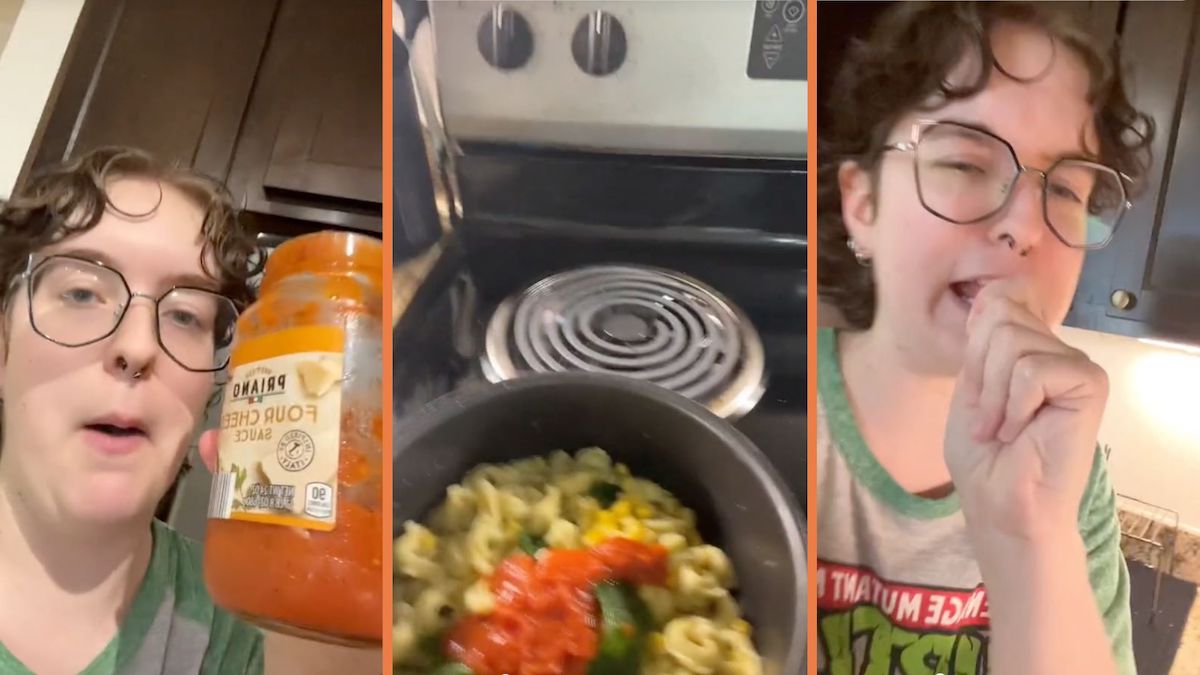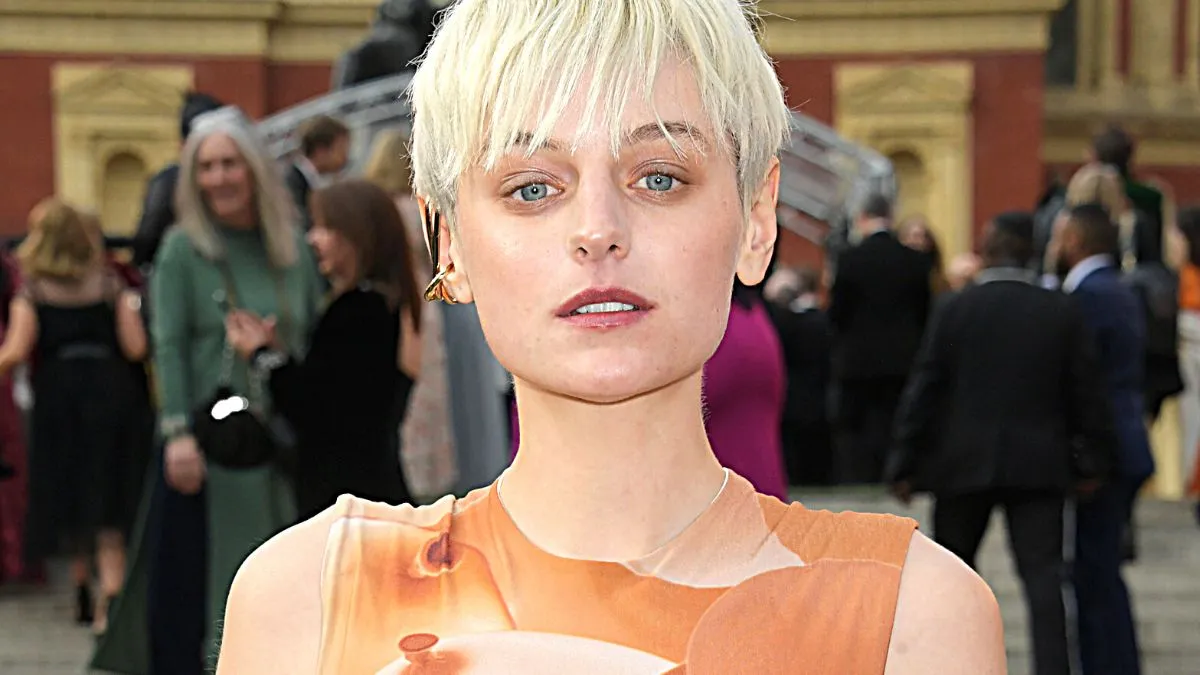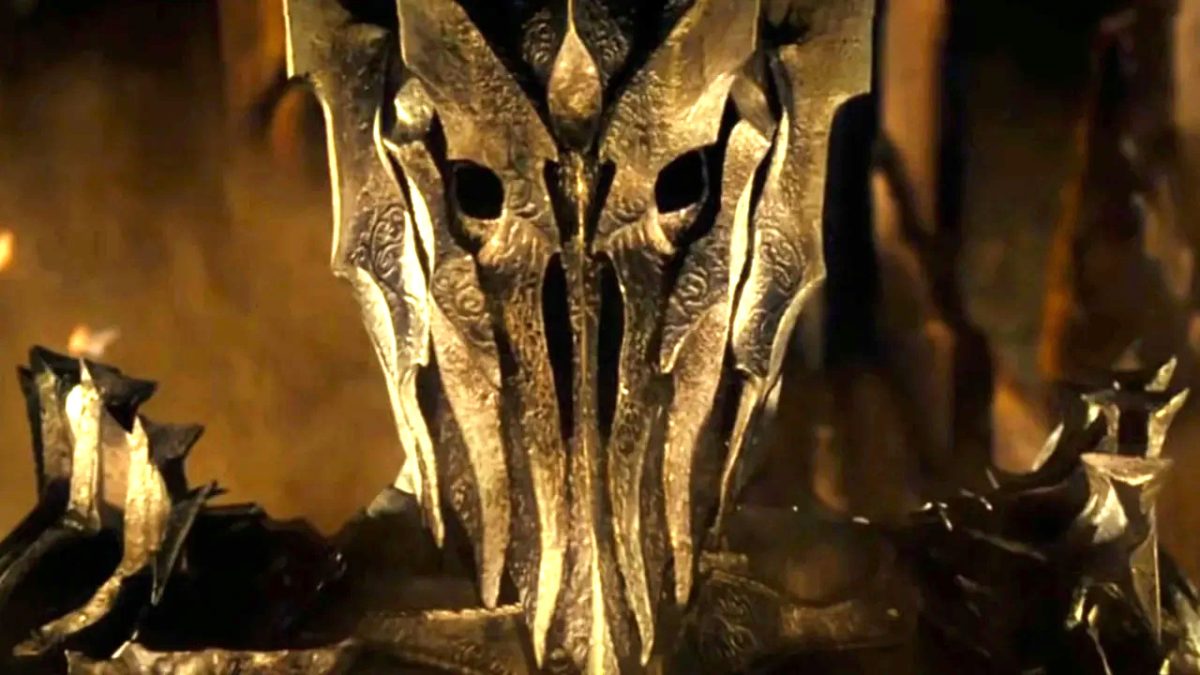
Much like with Bioshock: Infinite, there are unfortunate business realities that The Last of Us has to address in order to earn the budget that makes its world so visually cohesive, and performances so frequently astounding. Only in very rare cases is “high quality story” a marketable feature, and as such, the gameplay in The Last of Us can’t always avoid invoking the ludonarrative dissonance that’s been holding back many story-focused games, though not for lack of trying. The game’s emphasis on player disempowerment makes most of the early encounters with enemies rather difficult, as Joel’s resources are extremely limited. That a solution to many of the initial combat puzzles is to simply avoid them entirely presents an intriguing choice for the player: should you expend resources and time in clearing out a room, in the hopes that better crafting materials and ammo are laying about, or attempt to sneak through an area, and let sleeping zombies lie?
The separate approach options add an interesting quirk to the player’s interpretation of gameplay as story. I would restart entire sequences upon being spotted by an enemy, because in my mind, Joel and Ellie would be able to sneak through undetected. I broke the illusion, and so I had to fix it by playing the story I was envisioning “correctly.” Others, though, will simply fight their way out of an encounter if being stealthy doesn’t work, because restarting the sequence is more damaging to their immersion than Joel bumbling into an enemy’s backside. While the player’s resources eventually outstrip the threat enemies pose, deflating much of the tension in a given combat scenario, playing the game on a harder difficulty level can rectify the lack of challenge, and reassert the stress each encounter poses to the characters.
More problematic though, is that pacifist options become less and less available as the game progresses. If we estimate the game’s population of enemies as being half human, half infected, my Joel and Ellie were responsible for the deaths of more than 150 living, breathing, independently thinking people in their yearlong journey. That’s a lot of people, be they cannibals, scavengers, or just other survivors, and the game struggles to make the weight of that register for the player, or the characters. Small touches, like enemies making a plea for mercy when Joel takes one hostage, goons occasionally addressing one another by name, or Ellie exclaiming in disbelief at a particularly brutal kill, humanize the foes, but their frequency, repeated character models, and erratic AI places them in the realm of generic cannon fodder. Naughty Dog providing non-violent options is admirable, as are the attempts to make the violence appropriately gruesome and messy when the player is forced to use it, but the more commonplace it is in the gameplay, the more undercut one of the story’s main thematic threads becomes.
The world of The Last of Us is an overwhelmingly harsh one. In the tradition of zombie fiction’s best, the infected responsible for the complete collapse of society are an afterthought compared to the danger posed by those who can survive in the new world order. The degree of social and moral decay witnessed by Joel and Ellie is somewhere between that of the game’s two major influences, Cormac McCarthy’s The Road, and the Alfonso Cuarón-directed film adaptation of Children of Men. What remaining quarantine zones exist are police states falling apart at the seams, but order and honor can still be found out in wild. Bill, the unwelcoming mayor of a town of one, still aids Joel and Ellie in getting out of Massachusetts, out of a debt to Joel worth repaying by risking life and limb. When you encounter a group of desperate hunters in a snowy resort lodge, it’s surprising to learn that even cannibals still need to register their complaints during town hall meetings. And in a shamelessly Spielberg-ian moment (the master of emotional and dramatic efficiency), Joel and Ellie encounter a pack of giraffes, 20-foot tall testaments to the good and majestic things that have survived in this world, however improbably, and the impulse that’s felt to preserve them.
It’s that emotional driver, the need to protect, not destroy, which helps to differentiate The Last of Us from many other titles. Though the gameplay empowers the player in combat as the story progresses, the well-being of the characters as people is completely out of your hands, and your success only leads them toward greater peril. Joel, as the main player character, is presented as having a Teflon reaction to violence by the time we start playing him in 2033, and the things he’s had to do to survive that long are often referenced by other characters (like with Bill, we don’t need to know Joel’s backstory with others in detail, so long as the performance convinces us they exist. This is showing, not telling, and it’s what good stories do). Though we’re aware of Joel’s unscrupulous nature right away, it’s the depths of that amorality which eventually redefine how we view him over the course of the game. Are we really playing the hero if he’s one that’s willing to maim, torture, and kill to save what he cares about?
The answer is, in my mind, no, though the question is beside the point, since Joel isn’t the hero of The Last of Us. He may be a fully realized character by the time he and Ellie start their journey, but Joel’s a character with nothing to lose, which makes for poor drama on its own. In bringing Joel and Ellie together, their arcs are launched in different directions, with a character we do know building up their sense of purpose, and the character we’ve just met, and don’t know, having their established sense of purpose slowly torn apart. The world of The Last of Us has already taken away everything it can from Joel, and even though she’s been born into that same world, Ellie represents everything about the way things used to be that’s worth holding onto. She exhibits the most growth and change of anyone, and is the game’s most dynamic character. Her arc, though, is more adversely harmed by the gameplay than Joel’s is, so for the game to have its meditation-on-the-damaging-nature-of-violence cake, and eat it too, the player has to spend most of their time playing as Joel, casting Ellie in what appears to be a secondary role, despite her being the real hero of The Last of Us.
Continue reading on the next page…






